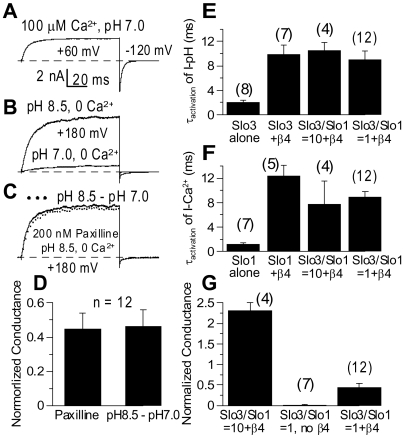Figure 5. β4 regulates Slo3 even in the presence of Slo1.
In A–D, currents were obtained from oocytes injected with Slo3 and Slo1 at 1∶1 ratio, together with hβ4 (Slo3/Slo1 = 1+hβ4). Example traces in A–C were recorded from the same patch in the order from A to C. Tail currents were recorded at −120 mV for all cases. In A, the trace shows exclusively Ca2+-dependent current. In B, currents were recorded with 0 Ca2+ at +180 mV either at pH 7.0 or pH 8.5 to reveal the pH-dependent current. In C, current was recorded at +180 mV under 0 Ca2+ at pH 8.5 with 200 nM paxilline applied to block Slo1 channels. The dotted line indicates the pH-dependent current revealed by subtraction of current recorded at pH 7.0 from that recorded at pH 8.5 in B. In D, the amplitude of the paxilline-resistant current is compared to that of the pH-dependent current. Both paxilline-resistant conductance and pH-activated conductance were normalized to that of the Ca2+-dependent current from the same patch. In E, the activation time constants at +180 mV of the pH-dependent currents obtained from different Slo3/Slo1/β4 combinations are compared. In F, the activation time constants at +60 mV of the Ca2+-dependent currents obtained from different Slo3/Slo1/β4 combinations are compared. In G, the pH-dependent conductance relative to the Ca2+-dependent conductance in each combination is shown.

